The most revolutionary technologies aren’t making headlines. While mainstream news covers incremental smartphone updates, truly transformative inventions remain largely unknown to the public. A Swiss-made vehicle lets you lean into turns like a motorcycle, but with four wheels firmly planted on the ground. Electric surfboards create perfect rides on perfectly calm lakes. Flying taxis already carry passengers above traffic in some cities.
The future isn’t coming—it’s already here, just unevenly publicized.
15. BrainBit Headband

Ever wonder what’s going on in your brain? The BrainBit Headband lets you peek inside. This slick wearable has gold-plated electrodes that pick up electrical signals across four distinct channels, showing your brain activity in real-time. The snap-off battery pack runs for a solid 12 hours per charge, so you can track your mental state all day long. It connects via Bluetooth to pretty much any device, and the free software works with whatever operating system you’re running. Scientists love how it follows the same electrode placement standards as lab equipment, so the data actually means something. What used to require a room full of expensive gear now sits comfortably on your head – making brain research something anyone curious enough can dive into.
14. Volkswagen Hover Car
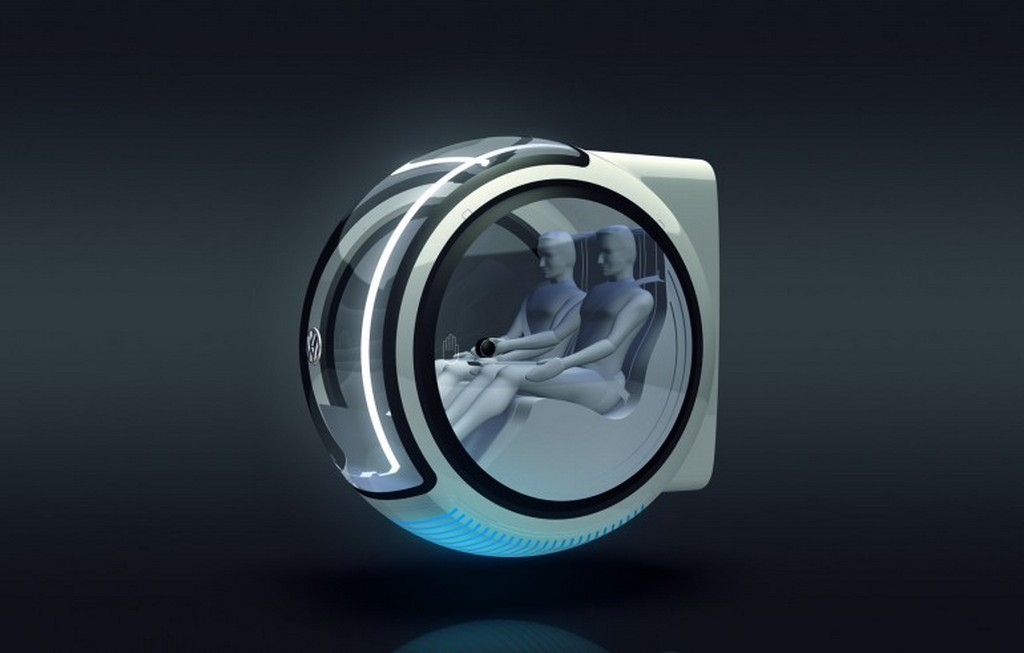
The future of urban travel floats above the gridlock. Volkswagen’s Hover Car actually floats above electromagnetic road networks, bypassing traditional traffic jams entirely. Smart sensors let it navigate through cities on its own, spotting parking spots and keeping a safe distance from obstacles. You can switch between automatic and manual modes depending on whether you feel like driving or just enjoying the ride. The electromagnetic system uses way less energy than regular cars with their gas-guzzling engines. While VW hasn’t nailed down the price yet, their focus on making transportation accessible suggests it won’t break the bank. With cities getting more packed by the day, this tech points to a future where we don’t just build better roads – we create entirely new ways to travel through urban spaces.
13. MINK-E Camping (Exterior)
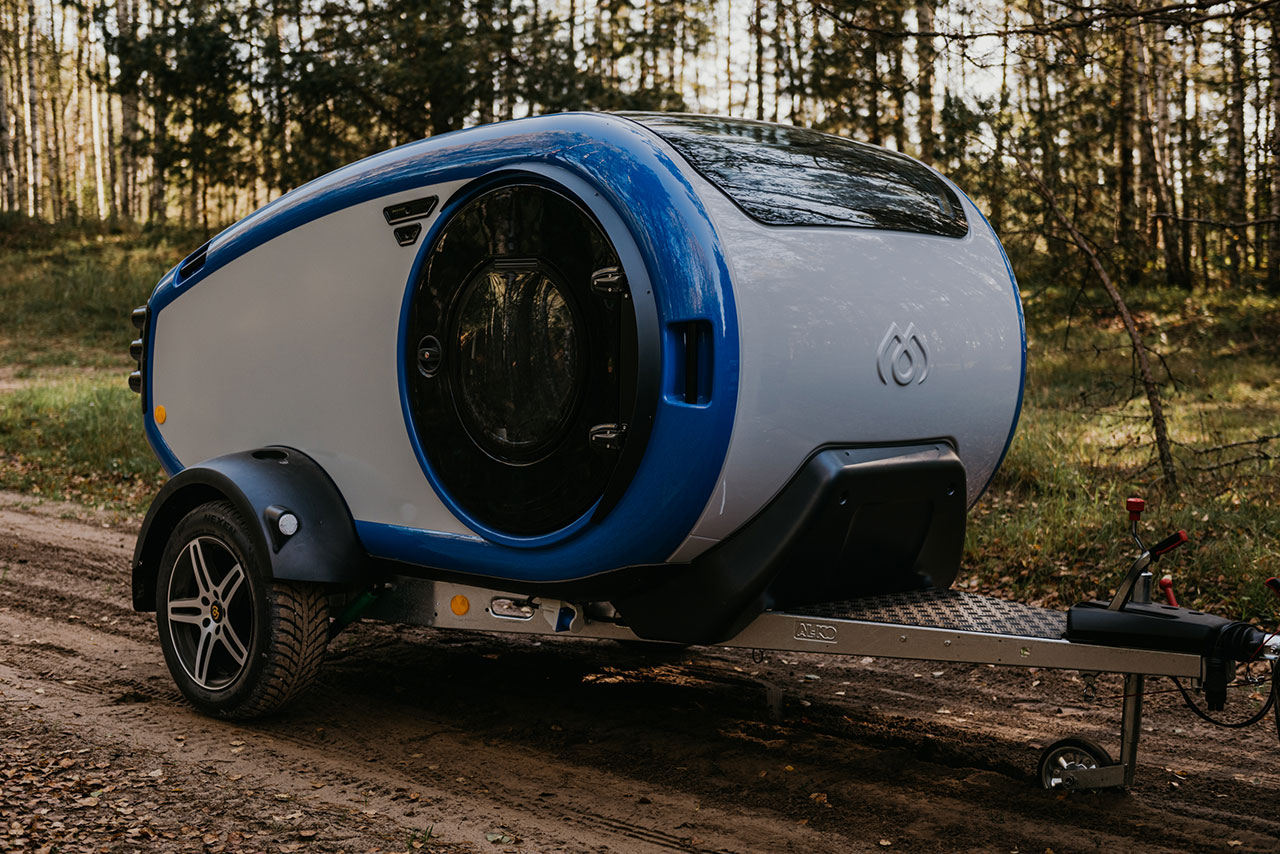
Camping just got a major upgrade for the electric vehicle crowd. The MINK-E trailer rocks a sleek teardrop shape that weighs way less than old-school campers, helping your EV maintain decent range while towing. Its built-in battery packs a punch with 140 amp-hours of juice, running your gadgets without draining your car’s battery. The clever awnings fold out to create extra living space when you’re parked, giving you room to stretch.
MINK-E Camping (Interior)
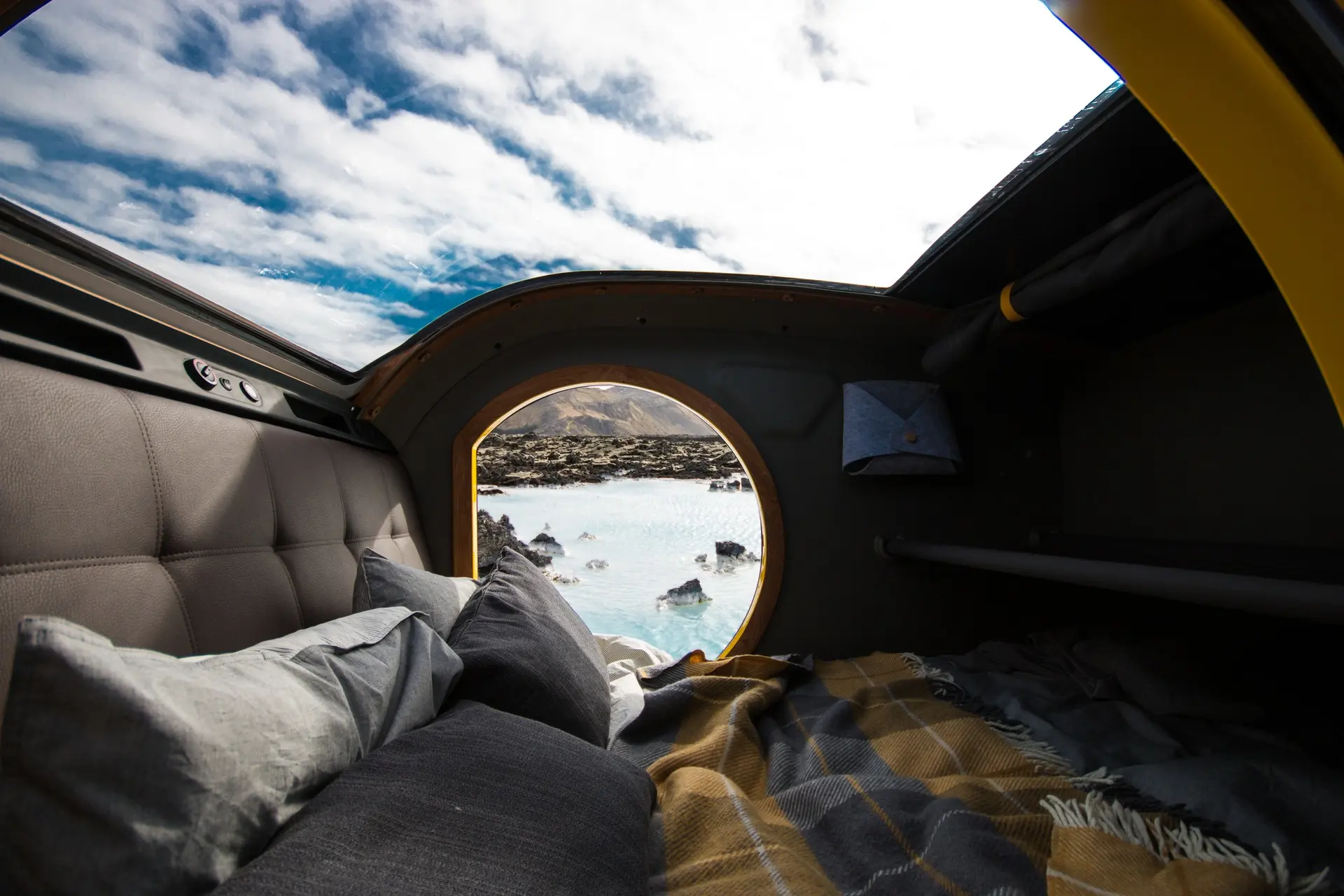
Priced around $30,800, it’s competitive with other specialty campers but designed specifically with EV owners in mind. It’s like the trailer industry finally realized people want to enjoy nature without trashing it – the MINK-E lets you explore the outdoors while keeping your carbon footprint in check.
12. Manta5 Hydrofoil SL3
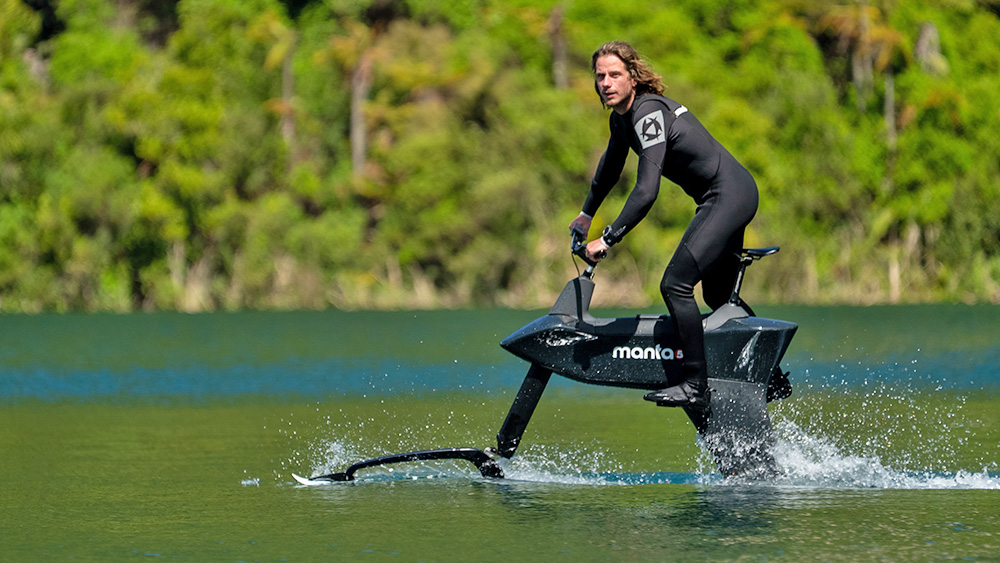
Cycling adventures no longer stop at the water’s edge. The Manta5 Hydrofoil SL3 takes your pedaling skills to lakes and oceans with its innovative design. This crazy-cool water bike gets you started with a throttle boost, then lifts you up on hydrofoils so you’re actually cycling above the water, not through it. The designers packed in ten different power assist levels, so you can cruise lazily or get a serious workout depending on your mood. The frame is surprisingly light but super strong, helping you stay stable in choppy conditions. On a full charge, you’ll get about 4.5 hours of water time – longer than most people’s endurance anyway. The clever New Zealand folks who created it made sure it floats upright when stopped, so you can hop back on easily if you fall off. Where regular bikes stop at the shoreline, the Manta5 just keeps going – opening up that other 71% of the planet for your two-wheeled adventures.
11. Forward CarePod
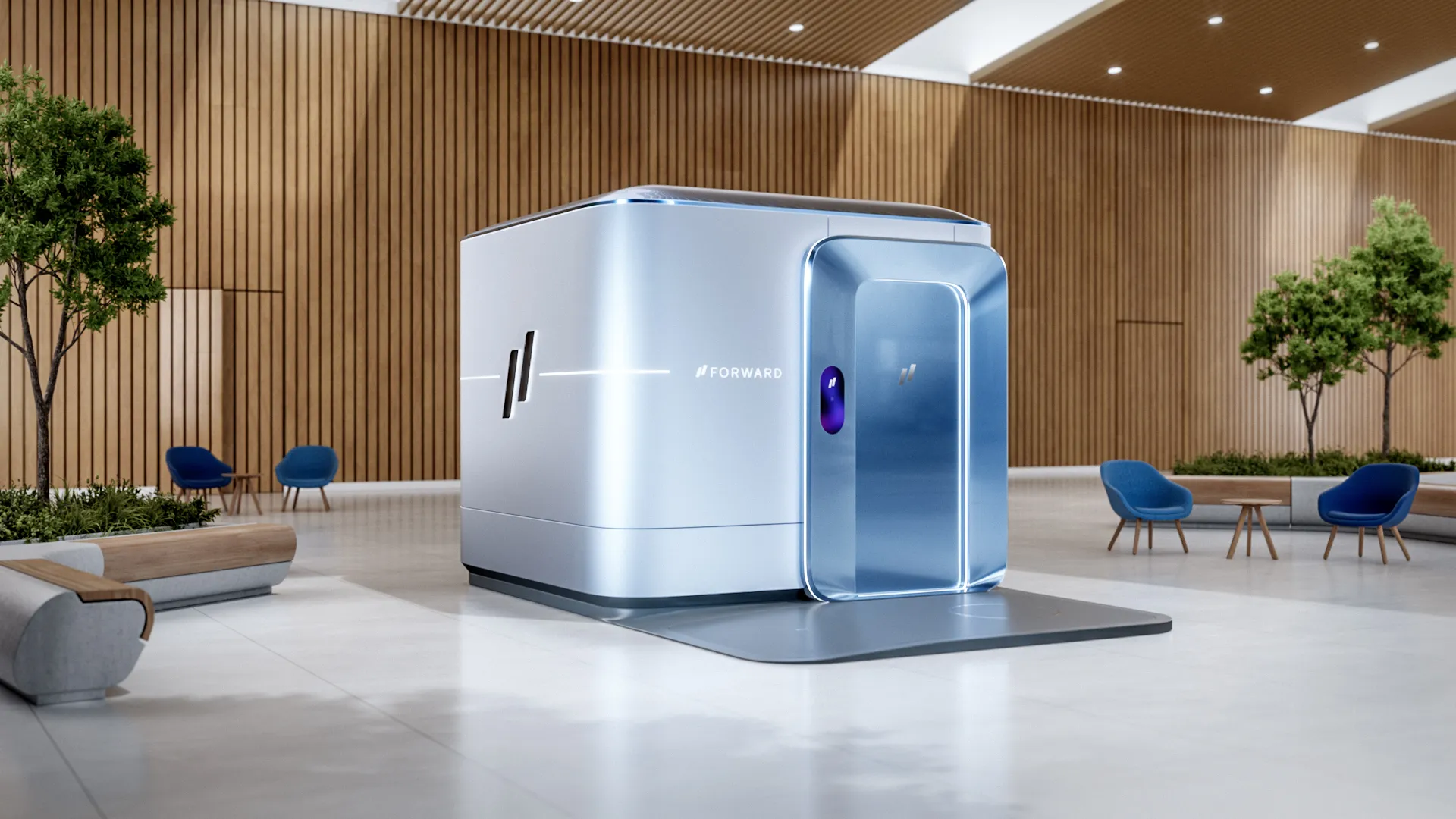
Traditional medical visits are getting a high-tech alternative. Forward’s CarePod feels like something out of sci-fi, combining AI smarts with actual medical expertise to run your health check in minutes instead of hours. Sensors track your vitals while automated systems analyze your blood, creating a health snapshot on the spot. Instead of hiding these in hospitals, Forward is putting them where people actually go – malls, gyms, and other public spots. For $99 a month, you get unlimited access to these high-tech checkups, way cheaper than traditional medical visits. The whole setup packs advanced diagnostic tech that used to fill a clinic into something about the size of a phone booth. By making health monitoring as easy as stopping by the mall, these pods tackle the real reason so many health problems get out of hand – we wait until something’s seriously wrong before getting checked out.
10. Mcclic Mc One
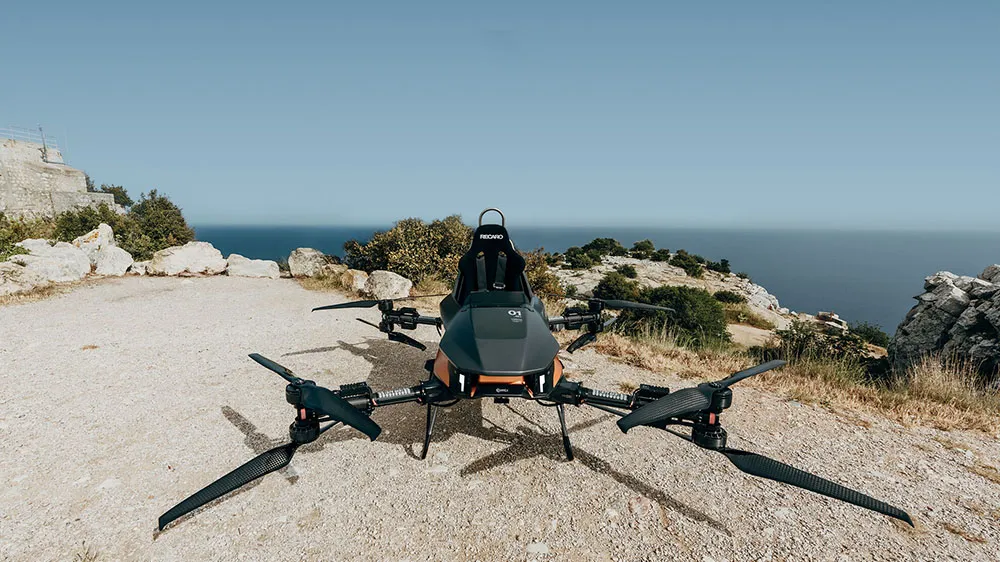
Personal flight is becoming as accessible as driving a car. The Mcclic Mc One uses controls inspired by drones that most people can figure out in about 10 minutes – no extensive training needed. Eight propellers keep you steady in the air as you zip along at 50 mph for up to 15 minutes per charge. It started out as a camera platform for aerial photographers but evolved into a recreational vehicle that’s surprisingly stable for its size. At €40,000 ($150,000), it’s definitely in luxury toy territory, but that’s actually reasonable compared to traditional aircraft. By completely rethinking how flying machines should be controlled, the Mc One removes the biggest obstacle to personal flight – the steep learning curve that’s kept flying a niche skill rather than something just about anyone can do.
9. EHang’s Air Taxi
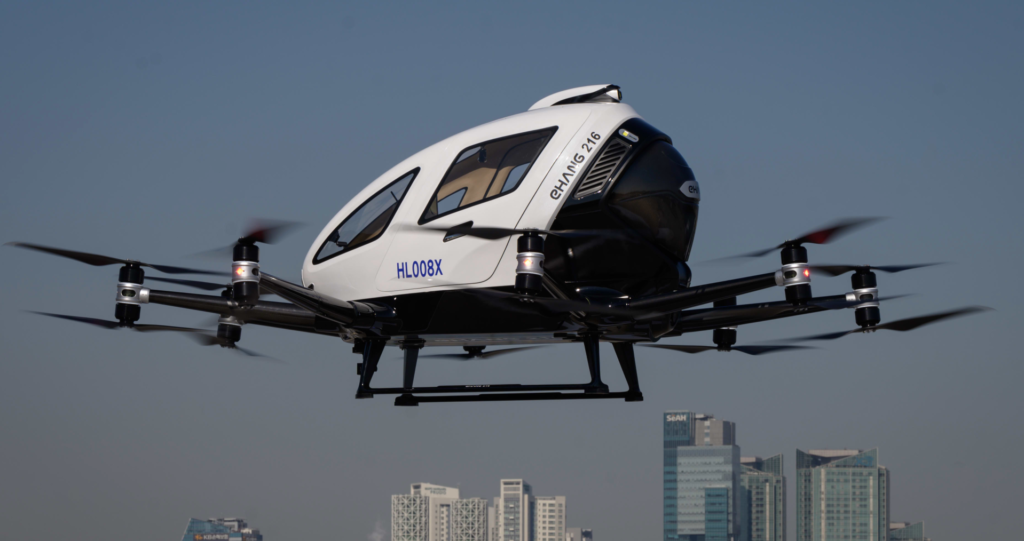
Urban transportation literally rises above ground-level congestion with EHang’s autonomous air taxi. These flying pods carry two passengers along pre-programmed routes for up to 19 miles at speeds of 81 mph, with no pilot needed. Multiple backup systems work together with ground control to keep flights safe. The all-electric system recharges in about two hours, letting each vehicle make several trips daily. Their compact size means they can take off and land on rooftops and small landing pads throughout urban areas. With zero emissions, they’re way cleaner than sitting in gridlocked traffic burning gas. By taking advantage of the empty space above our heads, these flying taxis tackle the fundamental limitation of ground transportation – you can only fit so many cars side by side, but the sky offers nearly unlimited vertical stacking of travel routes.
8. Scewo BRO
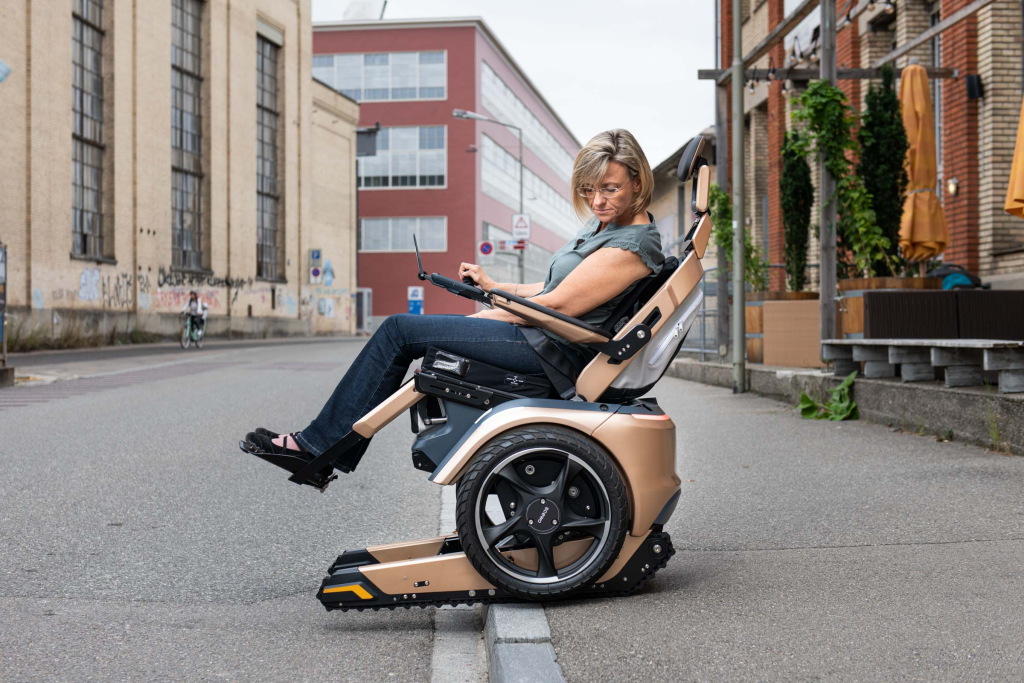
Architectural barriers become obsolete with the revolutionary Scewo BRO. This advanced wheelchair actually climbs stairs using specialized tracks that grip each step securely, allowing mobility device users to access places previously off-limits. Smart software automatically adjusts to different surfaces, making transitions seamless whether you’re on carpet, concrete, or cobblestones. The intuitive controls let you switch between regular wheeled mode and stair-climbing mode depending on what’s in front of you. Starting at $38,000, it costs more than standard wheelchairs, but the freedom it provides is game-changing for many users. When architects and urban planners fail to consider accessibility, the Scewo BRO doesn’t just work around those failures – it makes them irrelevant through technology that adapts to the world as it exists, not as it should be.
7. Jetfoiler
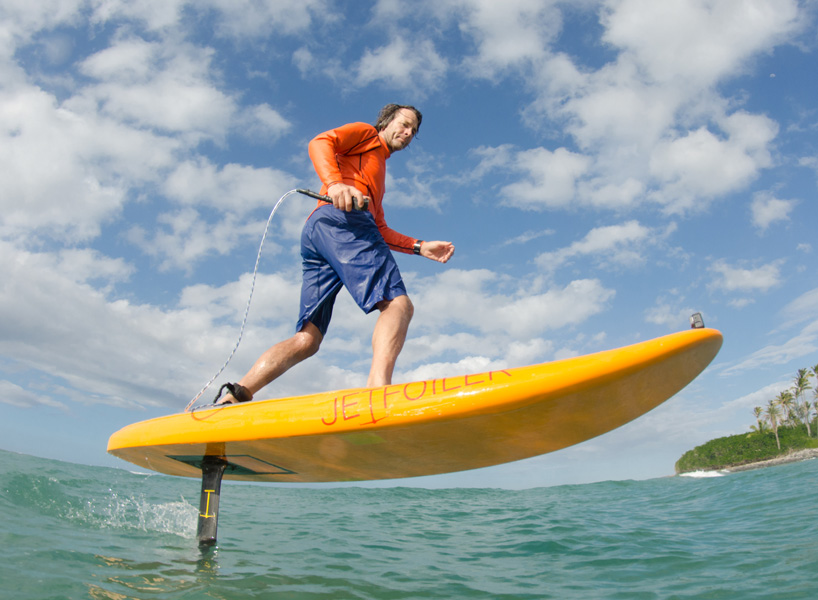
Surfing becomes possible on any calm body of water with the innovative Jetfoiler. This electric-powered board lifts you above the water’s surface using underwater wings and battery power, creating that surfing feeling without needing Mother Nature’s cooperation. Water sports legend Don Montigue engineered the propulsion system to push you forward while keeping you stable as you rise above the water. At $14,999, it’s definitely an investment compared to a regular surfboard, reflecting its cutting-edge technology and small production runs. The hydrofoil design cuts through water with minimal resistance, giving you better range and performance than surface-bound watercraft. For lakeside communities or coastal areas with calm waters, the Jetfoiler transforms geographical limitations into new recreational possibilities – no waves required.
6. ARCA Board

Science fiction becomes reality with the groundbreaking ARCA Board. This hovering platform actually lifts you off the ground using electric fans that pump out 272 horsepower of upward thrust. The smart control system keeps you stable while reaching speeds up to 12 mph, with onboard sensors constantly adjusting to keep you level. Each charge gives about 6 minutes of hover time, which isn’t much but definitely gets your adrenaline pumping. The 180-pound platform creates visible downdraft rather than using some sci-fi antigravity tech – this is real physics at work. Current battery tech just can’t handle the massive energy needed to keep a person airborne for long periods. Like the first cars that could barely make it around the block before needing more fuel, the ARCA Board isn’t the finished form of personal flight, but it’s those crucial first steps that show what’s possible when we push technology to its limits.
5. SkySurfer Aircraft
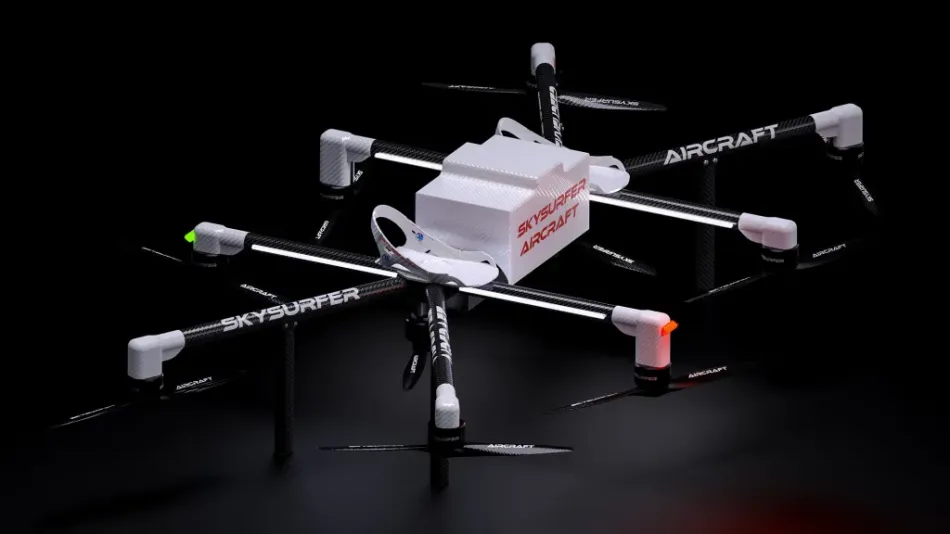
Personal aircraft ownership faces one persistent challenge – storage space. The SkySurfer tackles this head-on with a folding design that shrinks this electric vertical takeoff and landing craft down to luggage size when not in use. Using carbon fiber and aerospace materials, it maintains structural integrity despite having hinges and folding sections. Aviation enthusiasts clearly saw the potential, pumping over $35,000 into its Kickstarter campaign to supplement the company’s development budget. With prices starting around $20,000, it’s in the same ballpark as many ultralight aircraft but offers vertical takeoff capability they can’t match. By solving the practical “where do I put this thing?” question that plagues urban aircraft owners, the SkySurfer addresses the real-world issues that engineering brilliance alone often overlooks.
4. Quadro 4
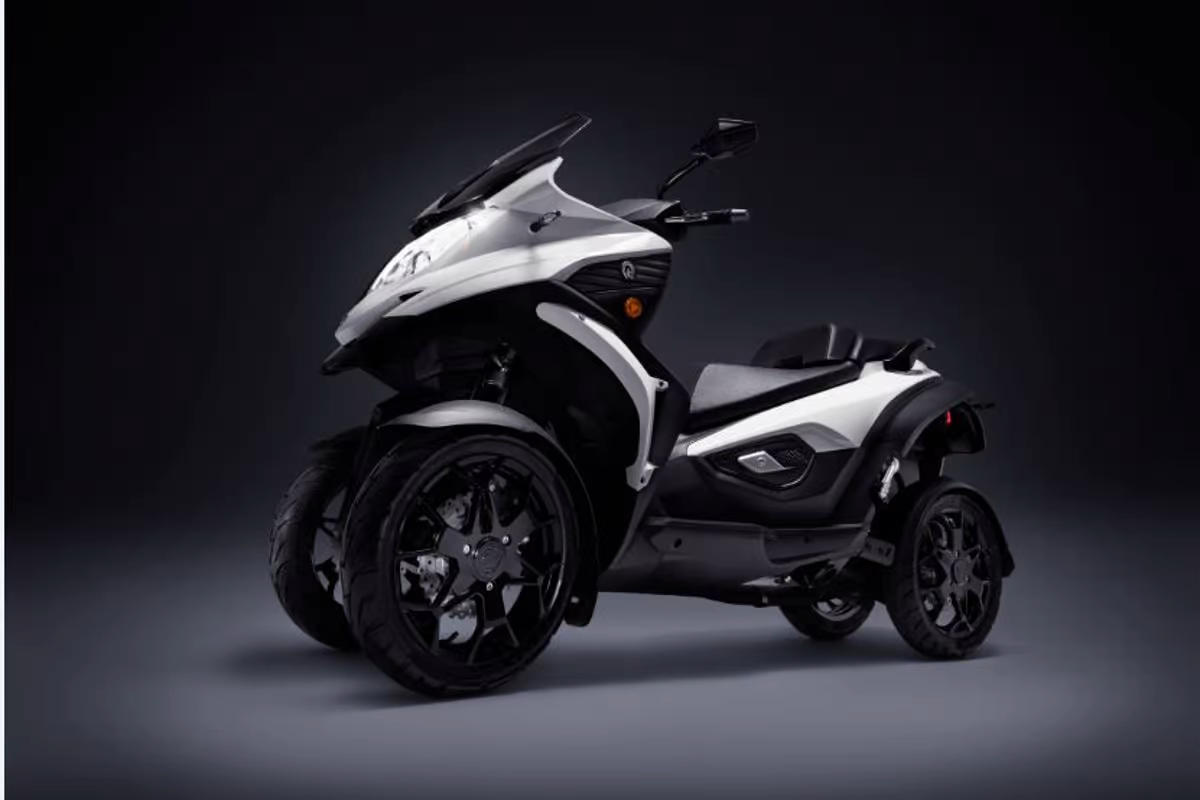
The thrill of motorcycling meets the stability of four wheels in the innovative Quadro 4. This Swiss-made vehicle packs a 346cc motor and a unique hydraulic tilting system that lets you lean into turns like a motorcycle while keeping all four wheels firmly planted. Each wheel has its own suspension, soaking up bumps independently for a smoother ride on potholed city streets. The Hydraulic Tilting System makes cornering feel natural without requiring any special riding skills – you just lean and go. Built to European standards, it handles rain and slippery conditions that would send traditional two-wheeled scooters sliding. By finding the sweet spot between exciting and safe, the Quadro 4 solves the classic commuter dilemma – choosing between fun but risky scooters or safe but boring compact cars.
3. DC Shoes WRX STI TRAX
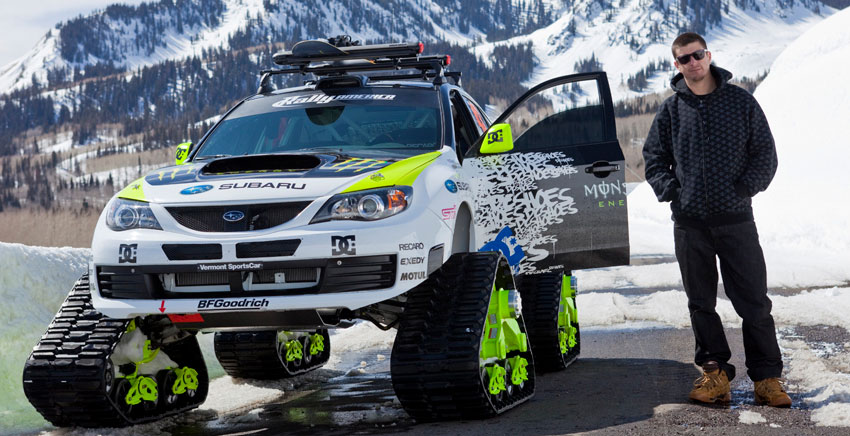
Pristine backcountry powder becomes accessible with the specialized DC Shoes WRX STI TRAX. This modified Subaru Impreza WRX STI transforms into a snow-conquering beast by swapping wheels for tank-like tracks that power through deep snow. The turbocharged engine kicks out about 400 horsepower, enough to power through conditions that would stop normal vehicles cold. Safety features include a full roll cage and beefed-up suspension designed specifically for snow travel. The track system spreads the vehicle’s weight across a larger footprint, keeping it from sinking into soft snow. For those perfect, remote slopes where “nobody ever goes,” this vehicle changes the game – turning “impossible to reach” into “first tracks are yours for the taking.” You might find these inventions amazing, but there are many more that most will agree, should never have been made.
2. Yeefung Ark AGV

Urban parking problems find a robotic solution with the Yeefung Ark AGV system. This smart platform uses laser guidance to move cars around parking facilities without any human intervention, packing in up to 40% more vehicles than conventional parking by eliminating space needed for opening doors and walking between cars. When you want your car back, it returns in under 120 seconds on average – faster than finding your vehicle in a multi-level garage. Each robot handles vehicles up to 5,512 pounds and runs for 8 hours between charges. The system collects usage data to optimize the arrangement of vehicles, potentially cutting down on emissions from cars circling endlessly looking for spots. Instead of building ever-larger parking structures to meet urban demand, the Ark AGV reimagines how we use existing space – getting more cars into the same footprint by letting robots handle the tight squeezes humans can’t.
1. Vision Mercedes Simplex
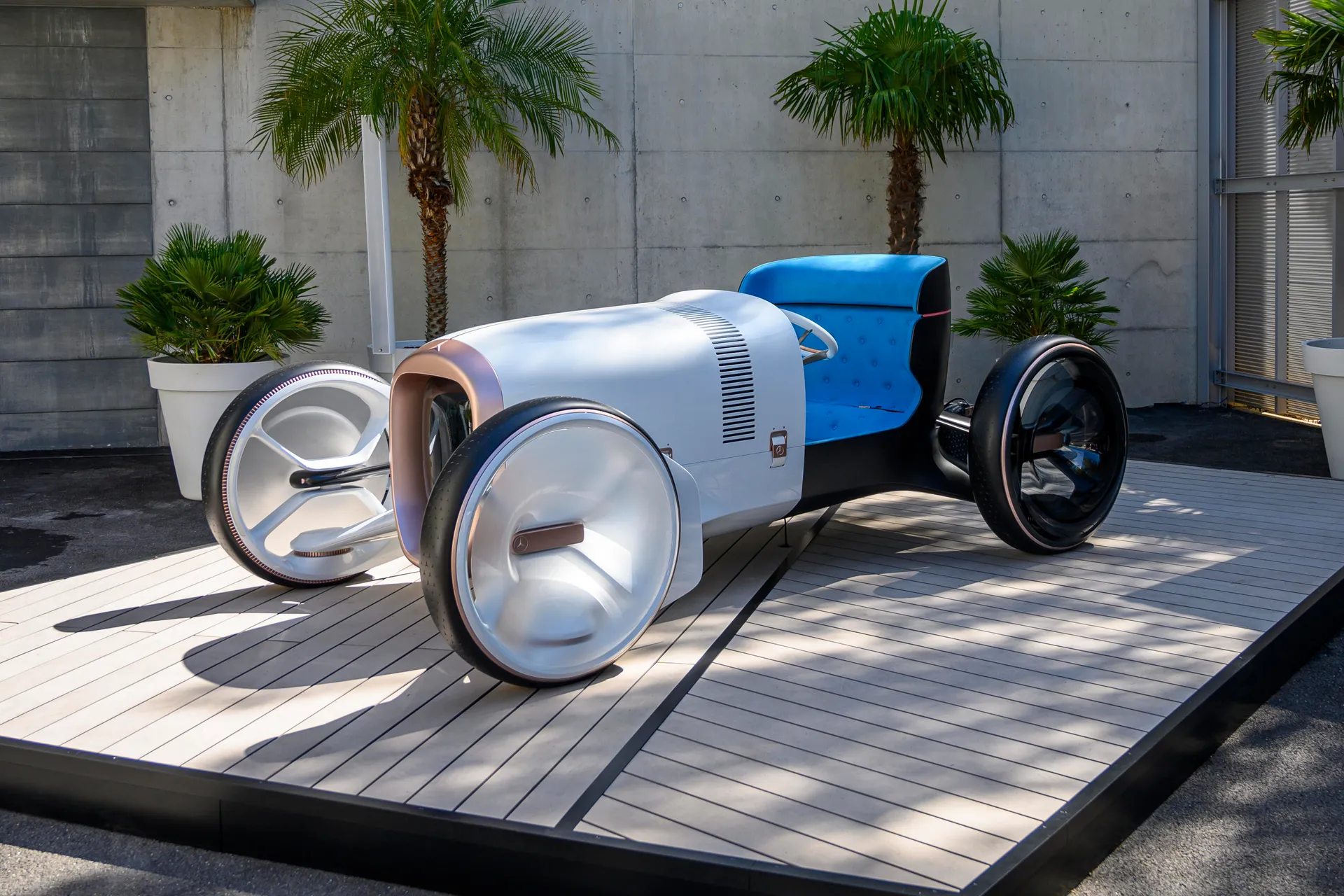
Innovation becomes more meaningful when connected to historical context, as demonstrated by the Vision Mercedes Simplex. This concept car pays homage to the 1901 Mercedes 35PS – the granddaddy of modern automobiles – while incorporating cutting-edge tech like digital interfaces and independent suspension. The computerized dashboard replaces old-school mechanical gauges, symbolizing how cars have evolved from purely mechanical beasts to digital machines. The color scheme fades from white at the front to black at the rear, visually representing the journey from automotive history to its future. Unlike most concept cars that just show off what tomorrow might bring, the Vision Mercedes Simplex does something more interesting – it demonstrates how innovation becomes more meaningful when it acknowledges and builds upon what came before rather than pretending to exist in isolation.




























